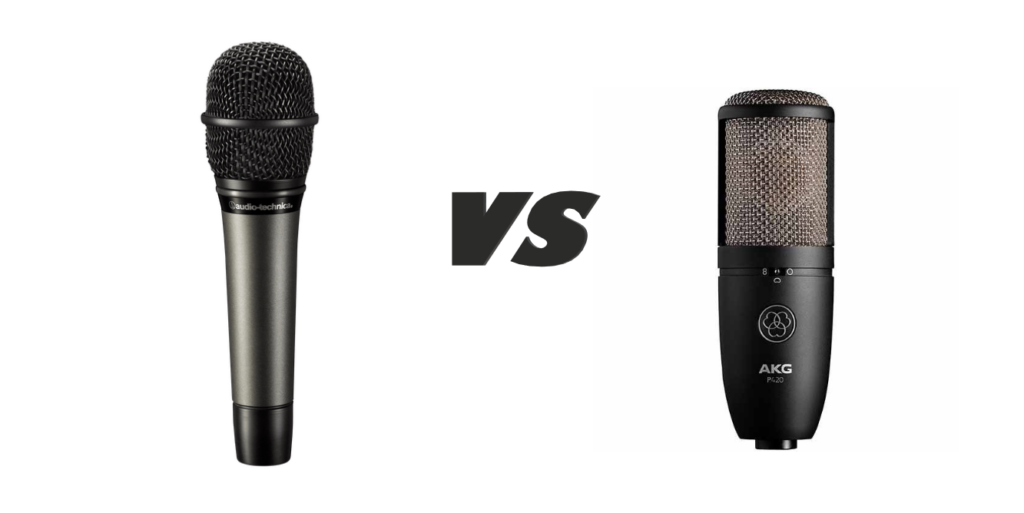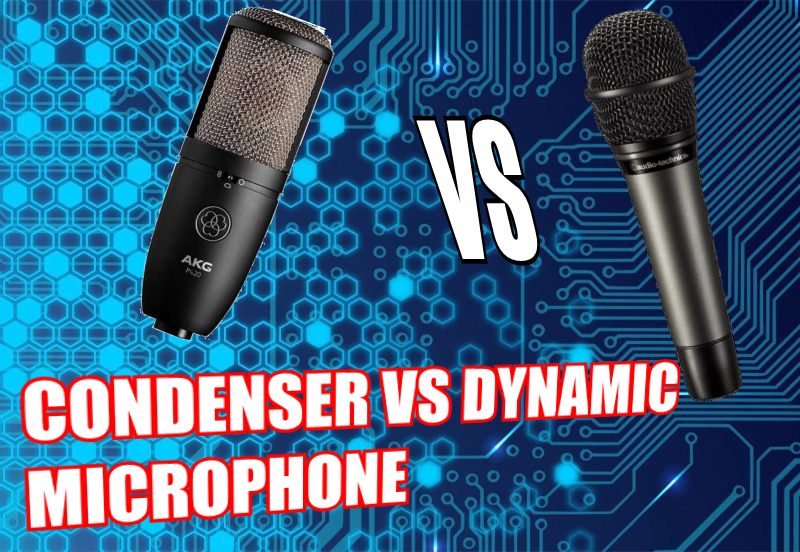
Have you ever wanted to buy a microphone but you are confused because of the type, the microphones sold in the marketplace generally have 2 types like this title. So both Dynamic and Condenser Microphone have different ways of working & different needs as well. Before we discuss the differences, we start first from the similarities, a part that make the mic able to pickup our voice, that is the Diaphragm (diaphragm). So diaphragms are simply like small speakers made of sheets (usually plastic), magnets and copper windings (coils) as conductors of electricity. The way it works by listening acoustic vibrations that will cause the Diaphragm (diaphragm) to vibrate which will then be converted into electrical energy.
Diaphragms (diaphragms) are generally 2 types:
- Large Diaphragm ( large diaphragm)
As the name implies, this diaphragm has a large size with inconsistent polar pattern characteristics but has a high sensitivity that allows it to capture a wider spectrum of sounds. Microphones with this diaphragms can be found in the studio, recording vocal sounds, bass drums and sometimes for room recording to get a more vintage sound.
- Small Diaphragm (small diaphragm)
Microphone with this Diaphragm is also commonly called “pencil microphone” which is very powerful for capturing sounds with high frequencies and has a consistent polar pattern (characterized by the size of the diaphragm and its mass / weight). Therefore you will usually find this microphone recording on snare drums, pianos and acoustic guitars.
OK here we already know the basis of the microphone, the next thing is . What is the difference between a dynamic microphone and a condenser microphone?
- Dynamic Microphone
Dynamic microphones can generally pick up various sound signals without fear that the Diaphragm will be damaged due to the low level of sensitivity and has a high built-in gain, so you will usually find this mic for live scenarios / use in open spaces directly. Even so, this microphone is also suitable for studio use for drums, brass instruments, guitar amplifiers. etc. Usually to catch a loud sound.
- Condenser Microphone
Unlike dynamic microphones, Condenser Microphones are usually more sensitive to sound vibrations. So the use of this microphone if you blow your mic too much on the capsule diaphragm condenser, then the sound produced will be distorted (due to its sensitivity). This mic can also be used for live scenarios sometimes, but this mic is often used in studio rooms where you can get a sound with a wide and more natural tone range.
So which microphone is suitable for me?
As explained above, it all comes back to your recording needs. If you want to record loud sounds such as loud vocals, snare drums, keyboards and metal instruments then I recommend choosing Dynamic Microphone. But if you want to record sounds that are not loud such as vocals, bass drums, acoustic guitars, pianos then condenser microphone in my opinion will be more suitable.


